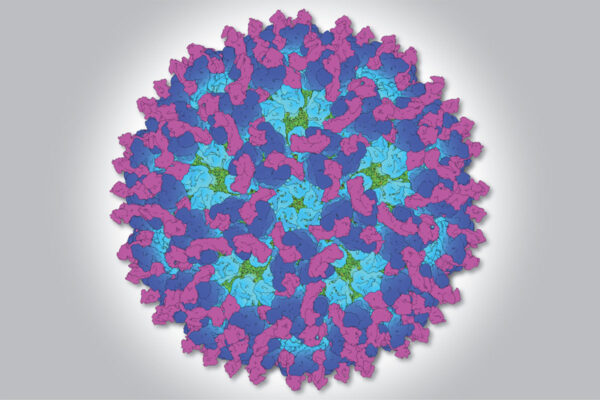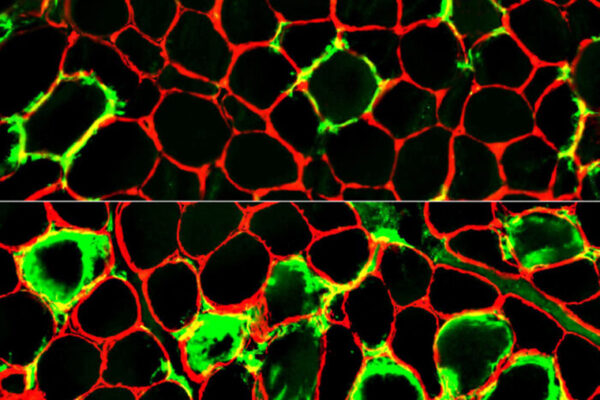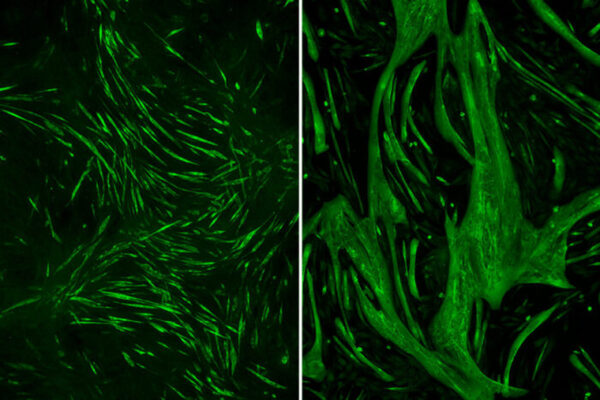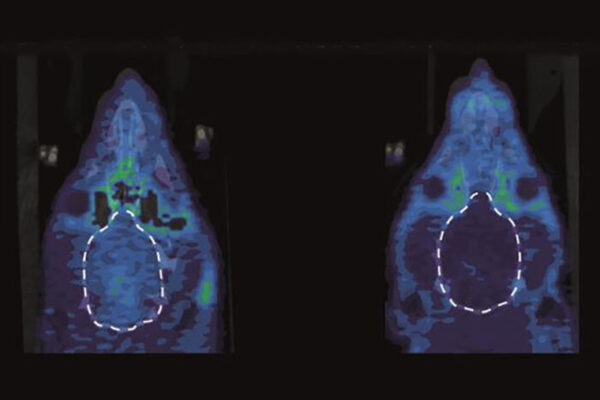What a snapshot image of chikungunya is revealing
School of Medicine researchers have snapped high-resolution pictures of the chikungunya virus latched onto a protein found on the surface of cells in the joints. The findings could accelerate efforts to find new ways to prevent or treat viral arthritis.
Drug-resistant tuberculosis reversed in lab
Mycobacterium tuberculosis cause the most lethal infectious disease in the world. Researchers at the School of Medicine and Umea University in Sweden have found a compound that can prevent and even reverse antibiotic resistance in tuberculosis bacteria.
Antibiotics may treat endometriosis
Researchers at the School of Medicine have found that treating mice with an antibiotic reduces the size of lesions caused by endometriosis. The researchers are planning a clinical trial to test the strategy in women who have the painful condition.
Newfound autoimmune syndrome causes muscle pain, weakness
School of Medicine researchers have identified a previously unknown, rare muscle disease that can be treated with immunosuppressing drugs.
New rules for lung transplants lead to unintended consequences
A policy change regarding the rules of lung distributions for transplants has had several unintended consequences, according to a new study from the School of Medicine.
Lithium boosts muscle strength in mice with rare muscular dystrophy
Removing one gene caused normal muscle muscle fibers to grow to three times their normal size. Researchers at the School of Medicine have found that targeting a protein related to that gene with lithium can reduce muscle wasting in a rare form of muscular dystrophy.
Flaw in many home pregnancy tests can return false negative results
Pregnancy tests can sometimes give a false negative result to women several weeks into their pregnancies, according to research by Ann Gronowski, professor of pathology and immunology at the School of Medicine. Her findings led the FDA to change its standards for evaluating new pregnancy tests, but old tests with the false-negative problem are still on the market.
Washington People: Robert Gereau
Robert W. Gereau, the Dr. Seymour and Rose T. Brown Professor of Anesthesiology at Washington University School of Medicine, is working to discover the genetic and molecular roots of pain, with a goal of reversing the processes that cause pain and make it so disabling.
Probiotic bacteria evolve inside mice’s GI tracts
Probiotics – living bacteria taken to promote digestive health – evolve once inside the body and have the potential to become less effective and sometimes even harmful, according to a new study from the School of Medicine. The findings suggest that developers of probiotic-based therapeutics must consider how the probiotics might change after administration.
Blunting pain’s emotional component
Pain researchers at the School of Medicine have shown in rodents that they can block receptors on brain cells that are responsible for the negative emotions associated with pain, such as sadness, depression and lethargy. The findings could lead to new, less addictive approaches to pain treatment.
Older Stories









